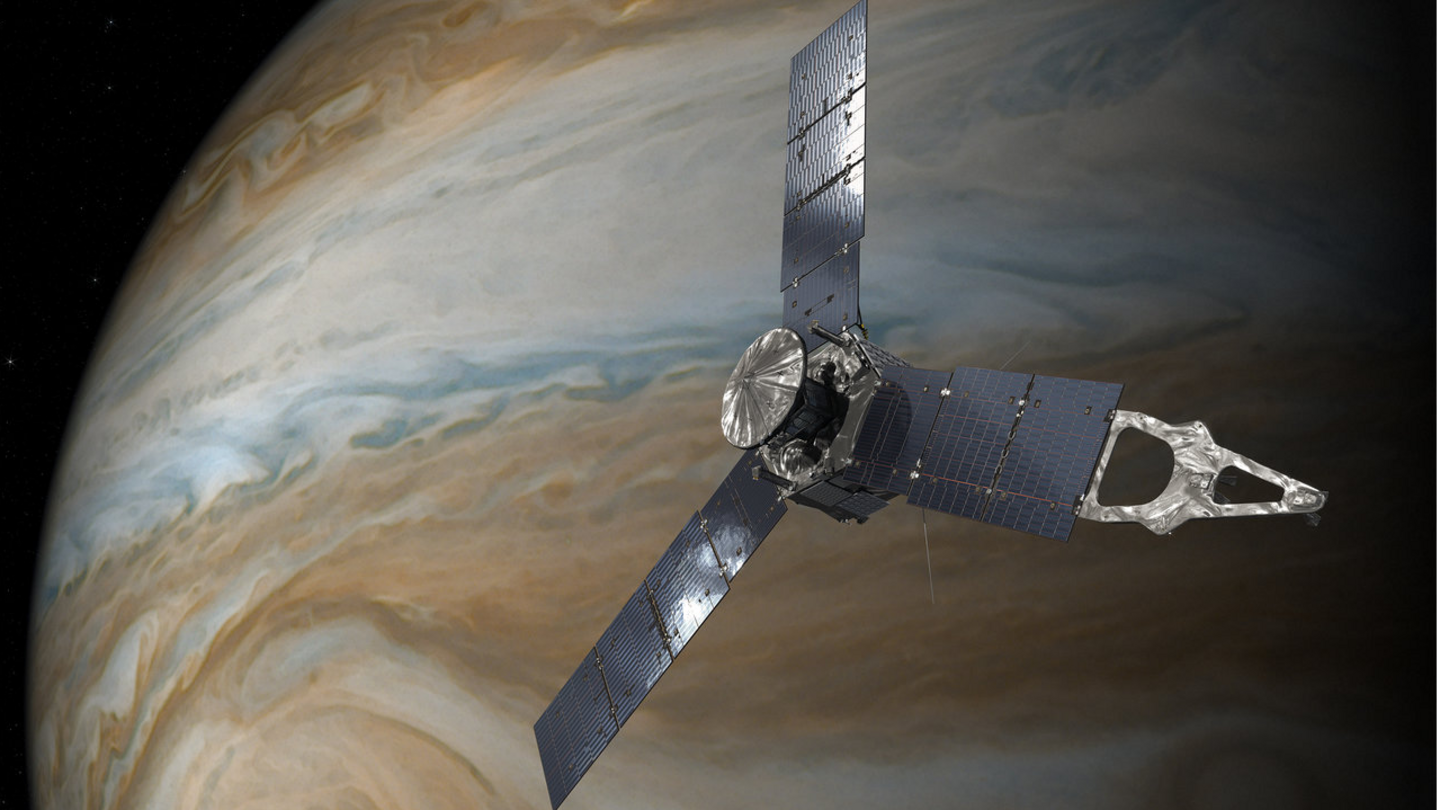
NASA's Juno spacecraft back in action after a technical glitch
What's the story
NASA's Juno spacecraft encountered an issue that led to a temporary loss of data after it completed its 47th close pass of Jupiter on December 14. On December 17, the mission controllers put the probe on safe mode, where only the essential systems could operate. Fortunately, as per the official statement from the space agency, the probe has resumed normal operations from December 29.
Context
Why does this story matter?
The Juno spacecraft reached the giant planet Jupiter in July 2016 and is currently on its extended mission. The solar-powered space probe spans the width of a basketball court and is NASA's most distant planetary orbiter. Over the course of its mission, Juno has offered spectacular glimpses of Jupiter along with collecting vital information about the Jovian moons.
Issue
What caused the issue?
As Juno was sending the obtained science data to mission controllers, after the December 14 flyby, the downlink was disrupted which subsequently led to the "memory anomaly." As per NASA, this issue—which hindered access to the spacecraft's onboard computer—most likely arose due to a radiation spike as the space probe flew through a radiation-intensive portion of Jupiter's magnetosphere.
Recovery
Majority of the science data has been recovered
The mission controllers then rebooted the computer and put the spacecraft into safe mode on December 17, until the issue was sorted. Fortunately, the team was able to recover most of the data collected during its last flyby, including information related to moon Io, and successfully downlink it to Earth. Only a small portion of the data was corrupted by the anomaly.
Information
Juno will make its next flyby on January 22
Juno is gearing up for its next close flyby of Jupiter which will occur on January 22. The mission is expected to conduct investigations until September 2025 or until the end of the spacecraft's abilities.
About the mission
Juno completes an orbit around Jupiter every 11 days
Juno orbits Jupiter every 11 days in a highly elliptical orbit over the planet's poles. The space orbiter was recently appointed to investigate Jupiter's third-largest moon—Io—which is the most volcanic region in the solar system. The space probe will perform nine flybys around Io, two of which will bring it as close as 1,500km. It has also investigated other Jovian moons: Ganymede and Europa.